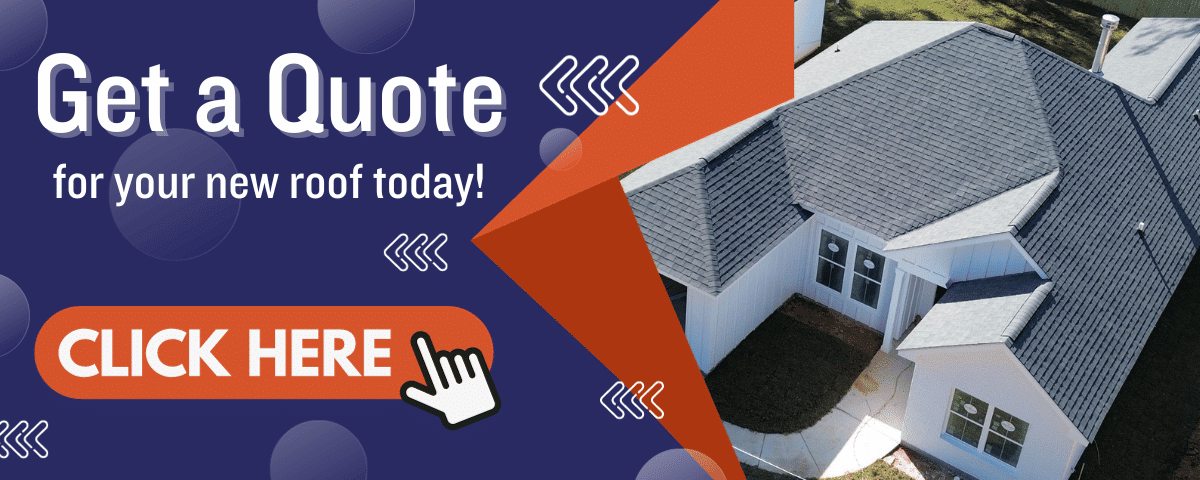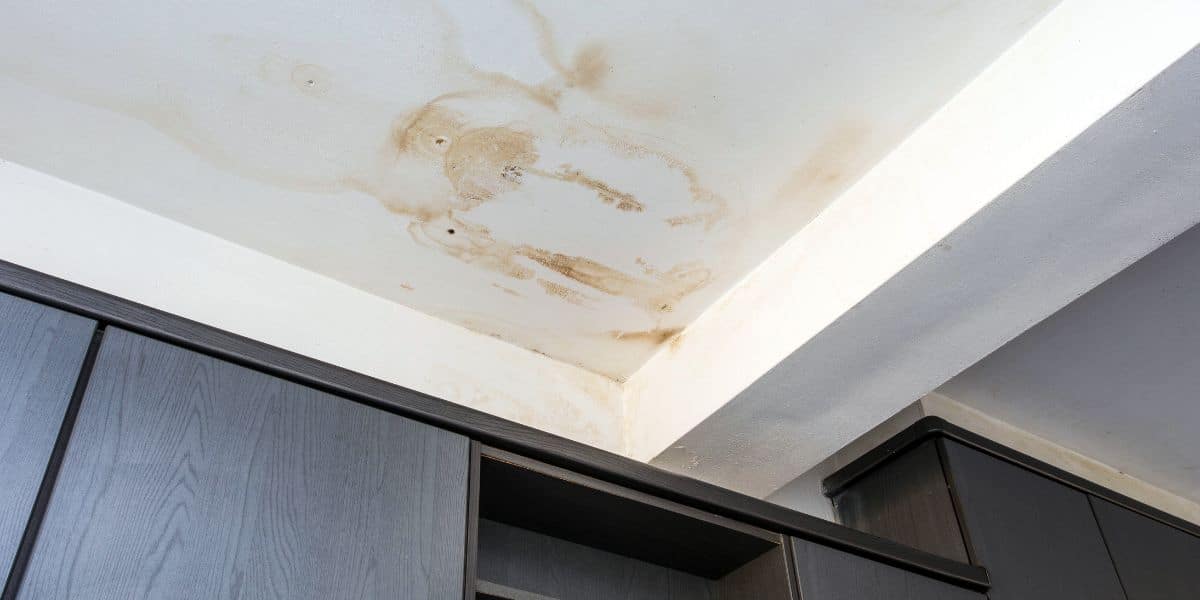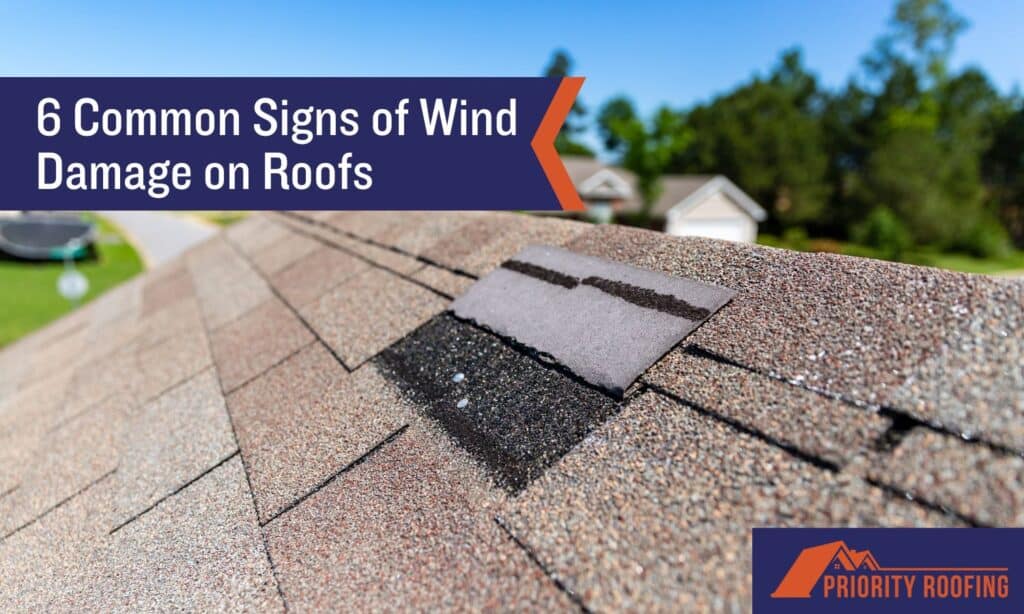Living in New Orleans, LA, means dealing with the possibility of roof damage from high winds. Roofs with asphalt shingles are especially vulnerable to wind damage, often resulting from debris carried by the wind or the force of the wind itself. Such damage typically shows up as torn, creased, or missing shingles. As a well-regarded roofing contractor in the New Orleans area, we understand the impact of severe weather, including high winds, hail storms, and hurricanes. Drawing on our experience, we’ve put together a detailed list of the six most common signs that wind has damaged a roof. We also offer specialized repair and replacement services to address wind-related issues, helping to ensure your roof remains strong and prepared for future storms.
What Speed Causes Wind Damage to Roofs?
Knowing the wind speeds that lead to roof damage can help homeowners take proactive steps to protect their homes. While specific wind damage depends on the roofing materials, as well as the roof’s design and condition, certain general guidelines are helpful.
In many cases, sustained winds between 45 and 50 mph can start to damage roofs, especially if they are older or already weakened. As winds exceed this speed range, the risk of more significant damage grows. Sudden gusts—brief, intense increases in wind speed—can also cause issues, particularly if they go over 60 mph.
However, wind speed isn’t the only factor in roof damage. The wind’s direction, how long it lasts, and any debris that may become airborne all contribute to the extent of the damage.

6 Most Common Signs of Wind Damage on Roofs
Strong winds can significantly impact a roof’s condition, putting your home’s overall integrity at risk. Recognizing the signs of wind damage is key to protecting your roof and maintaining the security of your property.
Impact-Damaged Shingles
High winds often carry debris that strikes or scrapes shingles as it passes over the roof. During an inspection, check for impact marks on shingles where wind-driven objects may have caused potential water entry points. Promptly addressing impact-damaged shingles is essential to prevent water from entering and damaging the roof further.
Missing Shingles
A clear indication of wind damage is finding shingles lying around your yard. If you see shingles that have come off, it’s crucial to contact a local roofing professional to evaluate the storm damage. Missing shingles weaken the roof’s ability to block water, increasing the chance of leaks and other structural concerns.
Creased Shingles
Even if shingles remain attached, wind can cause them to crease. The pressure from the wind may cause asphalt shingles to fold upward, forming creases. These creases, though subtle, can weaken the roof over time. Creased shingles typically have darker lines across their horizontal surface, signaling that they may need repair.
Damaged Soffit and Fascia
Soffit and fascia work to protect your home by channeling water away from the roof’s edges and the siding. High winds can crack, loosen, or bend soffit and fascia, sometimes even tearing them away. When soffit and fascia are damaged, they may allow pests to enter and create openings that can lead to leaks.

Shingles Granule Loss
High winds can lead to the loss of granules embedded in asphalt shingles, which provide both texture and essential protection to the shingle surface. You can often spot granule damage by checking gutters and downspouts, where dislodged granules tend to collect. Loss of these granules weakens the shingles, making them less durable and accelerating roof wear.
Interior Signs of Wind Damage
In addition to examining your roof’s exterior, it’s wise to inspect the inside of your home for potential wind damage indicators. Look for water stains, peeling paint, or signs of dampness in the attic, as these issues may point to roof leaks. Promptly addressing interior signs of wind damage helps prevent further water infiltration and can mitigate structural harm.
What to Do if You Suspect Wind Damage
If you think your roof has been impacted by wind, quick action can prevent additional issues. Here’s what to do:
- Inspect Your Roof: Carefully examine your roof for missing or damaged shingles, lifted roof flashing, or signs of leaks.
- Document the Damage: Take clear photos of any visible damage to aid in filing an insurance claim or sharing with a roofing contractor.
- Contact Your Insurance Provider: If damage appears significant, report it to your homeowner’s insurance company. They can guide you through the claims process and may cover repair or replacement costs.
- Hire a Professional Roofer: A licensed roofing contractor is best equipped to assess and repair wind damage safely. They have the experience and tools needed for a thorough inspection and any necessary repairs.
- Schedule Regular Inspections: Prepare for future wind events by scheduling routine roof inspections, especially after severe storms. A professional can detect and address potential issues before they worsen.
Does an Insurance Claim Cover Roof Wind Damage?
Most homeowner insurance policies include coverage for wind-related roof damage, often extending to hail damage or other uncontrollable events, sometimes known as “Acts of God.” Contact your insurance provider to determine your deductible and clarify what types of wind damage are covered under your policy.
Wind Damage on Your Roof? We Can Help
If you’ve noticed signs of wind damage on your roof, reach out to a trusted local roofing contractor to schedule an inspection. They can advise you on whether repairs will suffice or if a full roof replacement is needed. For homeowners in the New Orleans, LA area, Priority Roofing offers free roof evaluations and assistance with insurance claims. We are proud to serve the New Orleans community and are ready to help keep your roof in optimal condition. Contact us today, and one of our team members will gladly assist you.

